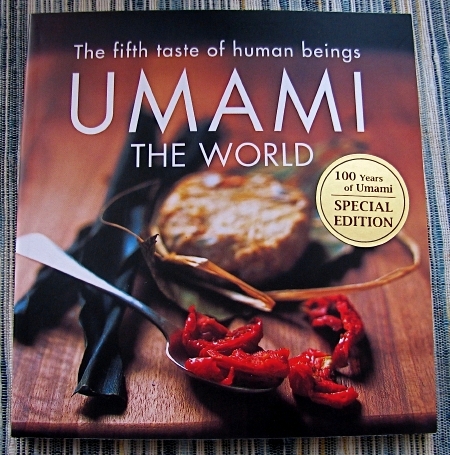 Some say it makes no difference what kind of vanilla is used in cookies, cakes, quick breads and custards. Some home bakers are sure artificial vanilla flavoring works just fine for giving the best flavor to their baked goods. Others would argue that you shouldn’t waste your time baking if you use artificial flavoring. Only the real deal, pure vanilla extract, will work for giving the best flavor to desserts.
Some say it makes no difference what kind of vanilla is used in cookies, cakes, quick breads and custards. Some home bakers are sure artificial vanilla flavoring works just fine for giving the best flavor to their baked goods. Others would argue that you shouldn’t waste your time baking if you use artificial flavoring. Only the real deal, pure vanilla extract, will work for giving the best flavor to desserts.
I’m a member of the pure vanilla extract club. I would never use an imposter in the custard for our family’s special banana cake, layers upon layers of homemade vanilla custard, sliced bananas and vanilla wafers covered with a thick blanket of real whipped cream. My special pound cake would have something missing if it was made with artificial vanilla. Pure vanilla extract costs a bit more than its artificial look-alike, but to me, it’s worth every penny.
Chad Gillard and Lee Zwiefelhofer favor the real deal, too. The two Twin Cities guys were discussing the absence of locally-made vanilla extract – extracts of any kind, really, as they downed some Finnegans together. They decided they’d make it themselves. In 2010 they started a company called l.c. finn’s Extracts, l. for Lee, c. for Chad and finns for those Finnegans that were downed as the business ideas developed. A few months ago, they launched their first three extracts: vanilla, cinnamon and cardamom.

 Umami was discovered by a Japanese researcher one hundred years ago. Dr. Kikunae Ikeda of Tokyo Imperial University recognized that certain foods like asparagus, tomatoes, meat and cheese all shared a common taste. It's a bit hard to put your finger on, though it's often described as "savory." I think it's easier to think of it as the taste that makes your mouth water. It also has a distinctive mouth feel, it lends a fullness or roundness.
Umami was discovered by a Japanese researcher one hundred years ago. Dr. Kikunae Ikeda of Tokyo Imperial University recognized that certain foods like asparagus, tomatoes, meat and cheese all shared a common taste. It's a bit hard to put your finger on, though it's often described as "savory." I think it's easier to think of it as the taste that makes your mouth water. It also has a distinctive mouth feel, it lends a fullness or roundness.  Let me be unequivocal here: I hate my clay pot.
Let me be unequivocal here: I hate my clay pot.
 What is it about vinegar plus ingredients that make me such a happy boy? Is it the complimentary tang of anything that's cured in brine brings? Is it that zippy puckerface that follows after chomping on a pickled cucumber? Or have I just encountered temporary culinary fatigue and needed something loud and strong to shock me out of my lull?
What is it about vinegar plus ingredients that make me such a happy boy? Is it the complimentary tang of anything that's cured in brine brings? Is it that zippy puckerface that follows after chomping on a pickled cucumber? Or have I just encountered temporary culinary fatigue and needed something loud and strong to shock me out of my lull? During my first fall as a single person, I started eating fried fish
for dinner a few nights a week. I cooked it with ingredients I bought
at M2M, a Korean bodega across the street from my apartment building in
the East Village. M2M sold three types of fish: salmon, sole, and basa.
The salmon was bright orange and fat, the sole was thin and yellow with
odd raised bumps like pores, and the basa was light pink and
smooth-fleshed. I have a bourgeois distaste for salmon stemming from a
childhood vacation to France where it had was served at nearly every
meal, and I feared the wan, pebbly sole. So I always bought the basa,
despite the fact that before moving across the street from M2M I had
never heard of this fish.
During my first fall as a single person, I started eating fried fish
for dinner a few nights a week. I cooked it with ingredients I bought
at M2M, a Korean bodega across the street from my apartment building in
the East Village. M2M sold three types of fish: salmon, sole, and basa.
The salmon was bright orange and fat, the sole was thin and yellow with
odd raised bumps like pores, and the basa was light pink and
smooth-fleshed. I have a bourgeois distaste for salmon stemming from a
childhood vacation to France where it had was served at nearly every
meal, and I feared the wan, pebbly sole. So I always bought the basa,
despite the fact that before moving across the street from M2M I had
never heard of this fish. 